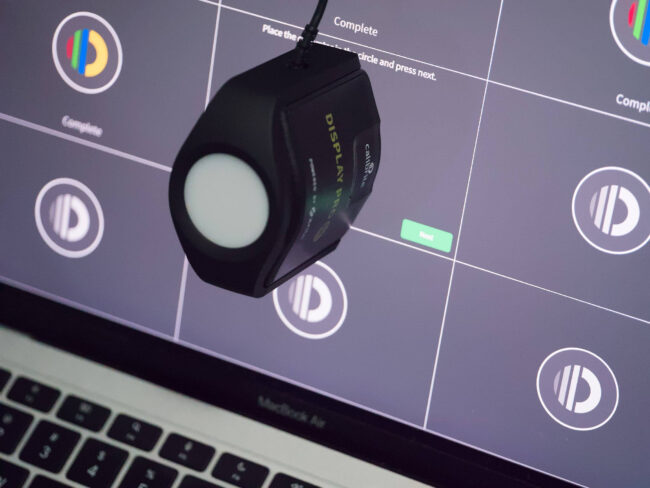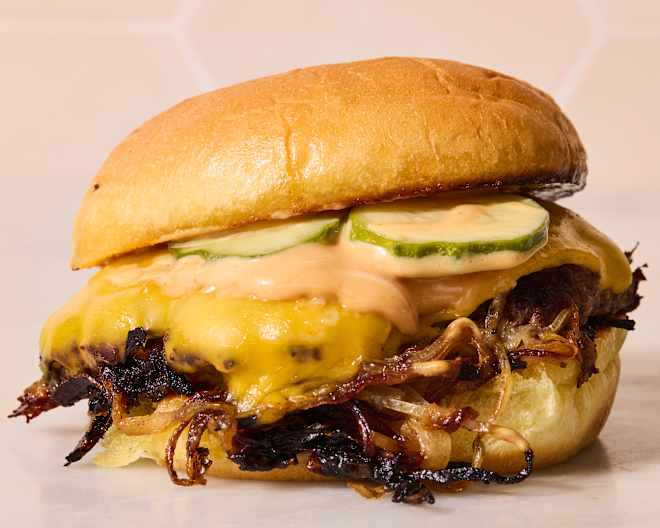We Build LEGO Minifigure Vending Machine, a Working Toy Delivery System
This is a buildable vending machine that, once you put it together, actually spits out a LEGO minifigure when you put in a plastic coin and turn the knob.


It almost goes without saying if you’ve been paying attention to LEGO over the years that they put out some neat sets. But I’m going to reiterate it anyway: When building a LEGO set, I’m often amazed by the ingenuity of the designers. Their ability to turn a pile of blocks and pieces into everything from flowers and Marvel superheroes to space ships and the Titanic is really something. But some sets go beyond just depicting things from pop culture or our own world. Some sets actually function, actually do something. The LEGO Minifigure Vending Machine is one such set, and it’s incredible that, given an instruction manual and 13 bags of interlocking plastic pieces, you can, after five or six hours, end up with a working machine that dispense LEGO minifigures. It’s just plain awesome, in every sense of the word. For a fully functional end result, the LEGO Minifigure Vending Machine build is fairly straightforward. You piece it together it from the ground up, starting with the base of the machine and building out the scaffolding on which it all sits. As you piece together the walls of the base, the instructions often have you stop to build a disc-like internal piece as a separate component before placing it into the guts of the machine. At a few points during the build, placing these components properly was somewhat tricky, which is why it’s a LEGO set for adults, aimed at the 18+ age group. For instance, you have to wedge a particular plastic flap just so between a rubber piece and a plastic piece, in a way that’s hard to discern from the drawing in the instruction manual. But because it’s a difficult step, the designers dedicate an entire page of the manual to show the right way and the wrong way to make sure you take extra care on that step. Overall, the Minifigure Vending Machine is a fun and satisfying build. Most of the bags include one of the 16 minifigures that you place into clear plastic capsules, so you don’t have to assemble all of them at once. I never got bored as I built the set, something that can happen occasionally in other sets when you have to piece together repetitive parts. Of course, the coolest part of this build happens when it’s all done. You take a coin comprised of two LEGO pieces pressed together, and you drop it into the coin slot. Then you turn the crank, and the coin drops into the machine, and a capsule containing a minifigure rolls out. It works just like you’d expect, to the point where, if you don’t put a coin in, it won’t dispense a minifigure. It’s kind of incredible. I’ve been in charge of the LEGO content for IGN for years, and the company continues to impress me with its feats of design, imagination, and plastic technology. I know LEGO sets are expensive, and no should break the bank buying what's effectively a toy or piece of decoration. In nearly every article I publish on here, someone in the comments complains about LEGO’s pricing, which is entirely fair. But the quality of the sets is also generally very high. They're built from hundreds of pieces that are machined so carefully that that they fit together with pieces produced decades ago. And the designs of the sets just keep impressing, year after year. To me, that’s worth quite a bit. Chris Reed is a commerce editor and deals expert for IGN. He also runs IGN's board game and LEGO coverage. You can follow him on Bluesky.





















































































































































































.jpg)















































































